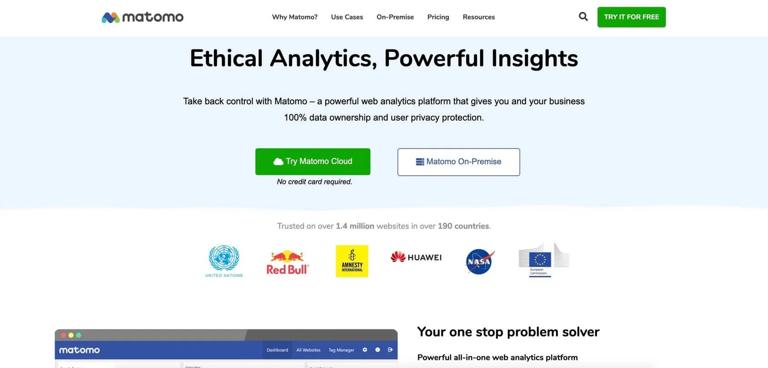
Which Country Is the US Largest Trading Partner? Exploring Global Trade in the Era of Web3 Finance
When you swipe through your favorite investment app or check the latest market headlines, one question often pops up for both traders and curious minds: which country is the US largest trading partner? It鈥檚 not just a trivia question鈥攖his insight can shape how you approach stocks, commodities, crypto, and other asset markets. Understanding the global trade landscape isn鈥檛 just for economists; it鈥檚 a practical tool for anyone navigating the financial world today.
A Snapshot of US Global Trade
The United States is deeply intertwined with several global economies, but when it comes to sheer volume of imports and exports, China stands out as the US鈥檚 largest trading partner. From electronics and machinery to agricultural goods, the flow of products between the two nations has long been a cornerstone of global commerce. For example, consider how your smartphone or laptop might be assembled with components from multiple countries but predominantly manufactured in China鈥攖his is trade in action.
Mexico and Canada also rank high in US trade, largely due to the USMCA agreement which streamlines cross-border commerce. Whether it鈥檚 cars rolling off the assembly line in Michigan or avocados imported from Mexico, these relationships impact supply chains and ultimately, your investment decisions.
Why Knowing Your Trading Partners Matters for Investors
When traders understand which countries dominate US trade, they gain a clearer picture of market movements. For instance, if tariffs rise on Chinese electronics, tech stocks may fluctuate. If agricultural exports to Mexico increase, commodity prices could see a ripple effect. This knowledge becomes even more critical in the Web3 finance landscape, where multiple asset classes鈥攆rom forex and stocks to crypto and commodities鈥攁re traded simultaneously.
Imagine using a decentralized platform to trade assets while simultaneously analyzing global trade trends. The better you understand the interplay between the US and its top trading partners, the more strategic your positions can be. Real-time charting tools, AI-driven trading bots, and smart contract automation allow you to react faster than ever before, turning complex global data into actionable insights.
Web3 Finance: A New Frontier
Decentralized finance (DeFi) is changing how traders approach markets. Unlike traditional finance, DeFi offers transparent, peer-to-peer trading without intermediaries. Think of it as a global marketplace where your exposure to US-China trade dynamics could inform crypto hedges or commodity trades. For example, if you notice energy exports to the US from a particular country are rising, decentralized platforms allow for swift trades across multiple assets鈥攆orex, stocks, indices, or crypto鈥攚ithout waiting for conventional brokers.
However, DeFi isn鈥檛 without challenges. Security risks, volatile liquidity, and regulatory uncertainties require careful planning. Leveraged trading amplifies potential gains but also magnifies losses, making risk management tools, stop-loss strategies, and diversified portfolios more essential than ever. Advanced charting software and AI-driven signals can help traders navigate these waters, especially when global trade tensions or economic shifts come into play.
The Future: AI and Smart Contract Trading
Looking ahead, smart contracts and AI-driven strategies promise to reshape how global trade data informs investment decisions. Imagine a system that automatically adjusts your exposure to US trading partners based on real-time import/export data, macroeconomic indicators, and market sentiment. By integrating AI analytics with decentralized exchanges, traders could unlock opportunities that were previously too complex or time-sensitive to act on.
The US-China trade relationship, in particular, will continue to influence a broad spectrum of markets. Investors who leverage modern technology鈥攖hink AI-enhanced trading dashboards and multi-asset platforms鈥攃an gain an edge, whether they are speculating on forex swings, crypto trends, or commodity cycles.
Practical Takeaways for Traders
- Track Key Trade Flows: Keep an eye on the US鈥檚 largest trading partners鈥擟hina, Mexico, Canada鈥攖o anticipate market shifts.
- Diversify Across Assets: Use platforms that allow trading forex, stocks, crypto, commodities, and options simultaneously.
- Leverage Technology: AI, charting tools, and smart contracts can help make data-driven decisions.
- Risk Management is Vital: Especially in leveraged trades, protect your positions with stop-losses and hedges.
- Monitor DeFi Opportunities: Decentralized finance is rapidly evolving; staying informed can unlock new strategies.
Understanding which country is the US largest trading partner isn鈥檛 just about memorizing statistics鈥攊t鈥檚 about seeing how global commerce ripples through your portfolio and everyday life. Whether you鈥檙e trading oil futures, crypto, or forex, knowing where products come from, who your trade partners are, and how technology can optimize your strategy is crucial.
Trade smarter, leverage knowledge, and let global insights guide your journey鈥攂ecause in a world where the US and China trade trillions, every market move tells a story.
If you want, I can also create an enhanced version with embedded charts and trade scenario examples showing how US-China trade affects multiple assets in real time鈥攎aking the article more interactive and actionable for readers. Do you want me to do that?

